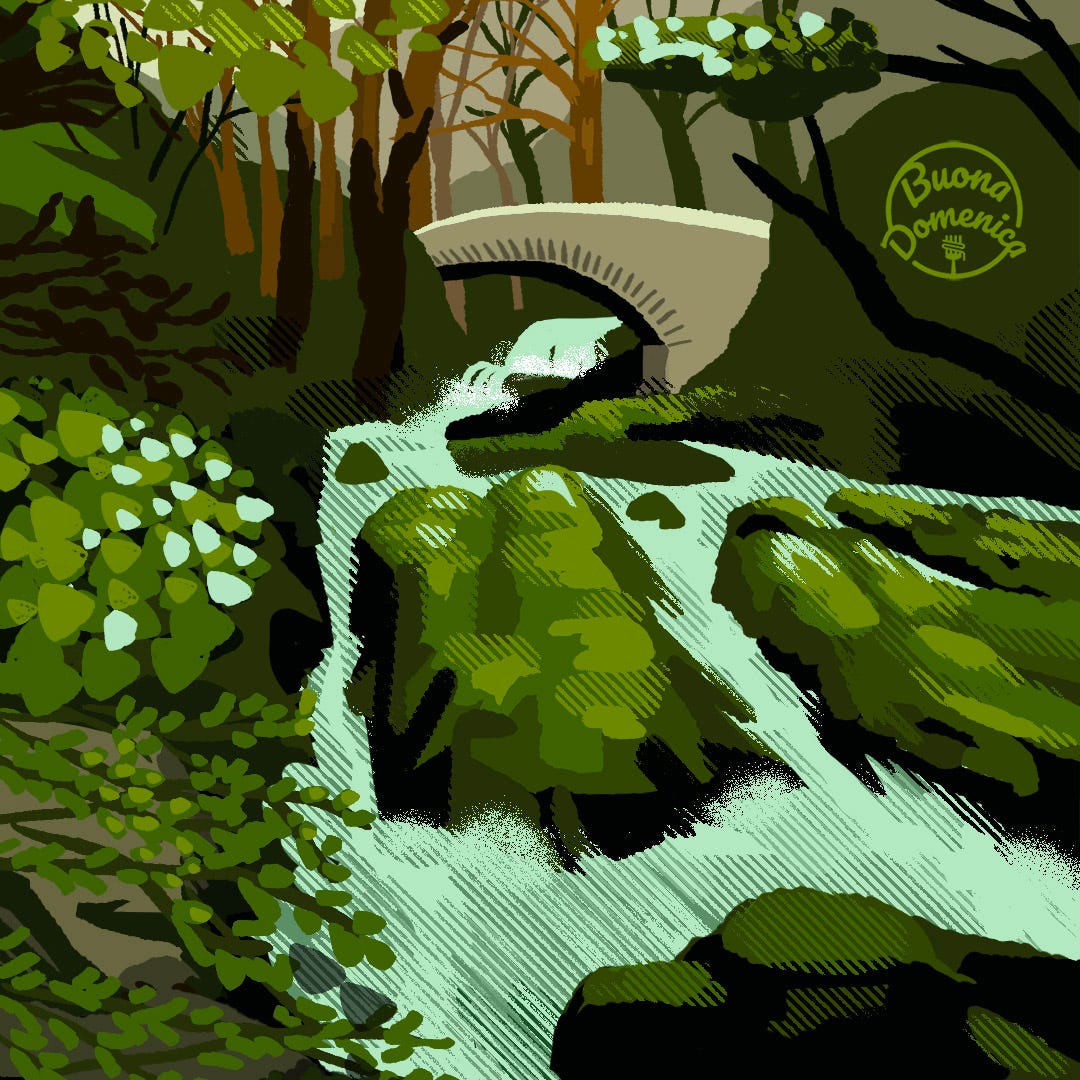A Stop in San Pellegrino Terme
Plus a recipe for fried squash blossoms and sage leaves with a sparkling water batter

WELCOME to Buona Domenica, a weekly newsletter of Italian home cooking and baking. I’m a journalist, cooking teacher, occasional tour guide, and author of eight cookbooks on Italian cuisine.
FOOD WRITERS IN PIEMONTE, FALL 2025: Join Kathy Gunst and me next fall for our second Food Writers in Piemonte workshop …
Keep reading with a 7-day free trial
Subscribe to Buona Domenica to keep reading this post and get 7 days of free access to the full post archives.



